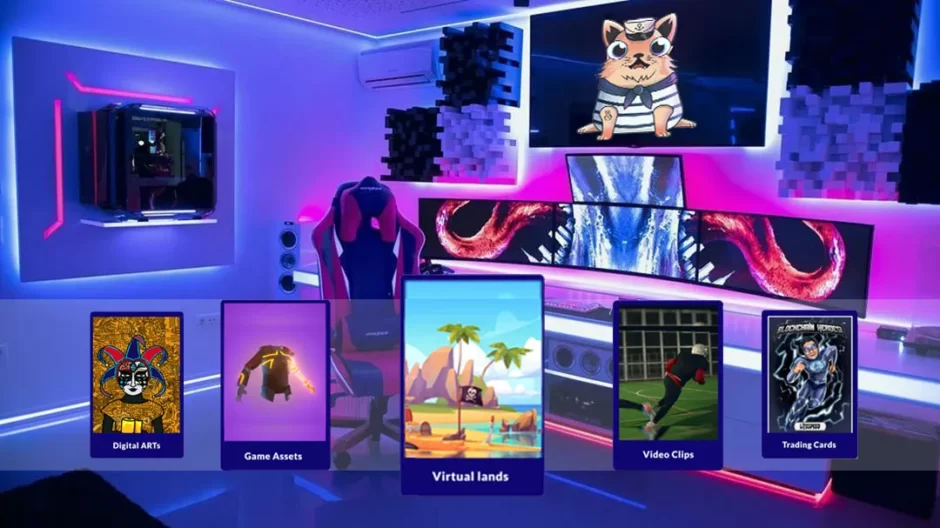NFT and the Metaverse.
The metaverse is a proposed Internet iteration that would allow users to access persistent online 3-D virtual environments using both standard computers and virtual and augmented reality headgear. Virtual world platforms like Second Life have already included aspects of the NFT and Metaverse. Integration of virtual and physical locations, as well as virtual economies, is a feature of some metaverse iterations.
The current focus of metaverse development is on overcoming technology restrictions in virtual and augmented reality devices.
The term “metaverse” was coined as a combination of “meta” and “universe” in the 1992 science fiction novel Snow Crash. It has subsequently gained a reputation as a promotional phrase and a method of generating public relations enthusiasm by making vague assertions about future initiatives. User addiction and information privacy are difficulties in the metaverse, deriving from problems in the social media and video gaming industries as a whole.
Artists and content providers will most likely be able to monetise their work using blockchain technology and Crypto NFTs. Artists no longer sell their work through galleries or auction houses. The artist can keep more money by selling the NFT art website directly to the consumer as NFT. Furthermore, artists can obtain NFT art prices if they programme royalties, which means they must receive a share of sales if their art is sold to a new owner. This is an appealing feature because artists do not collect proceeds from futures after their craft is first sold.
To store NFTs and cryptocurrencies, it’s best to have a digital wallet. The NFT art website should ideally be able to buy cryptocurrency, such as Ether, depending on the provider’s acceptance. As they are ideally considered, digital NFT art should be liable to capital gains taxes; nonetheless, they may not receive the same long-term capital rates as stocks and may not even be taxed.
It’s wise to keep in mind that when you buy cryptocurrencies, you’ll almost certainly be taxed. As a result, you must consider other considerations before deciding on the pricing of NFT paintings. You must also examine your risk after conducting your research and be aware that if you take the plunge overnight, you may lose all of your money. As a result, it’s ideal if you start with a good dosage of caution. You may look up and verify the platforms of thousands of creators.
The principle of ownership lies at the heart of it all. Because NFTs can confirm the digital property’s uniqueness, they increase its value.
However, the concept of a Crypto NFT is now only being used in the most obvious ways, despite the fact that there are a plethora of alternative possibilities. Digital ownership will become even more crucial as mainstream culture spends more time in the metaverse, because digital theft isn’t limited by distance, and a lock on your digital house doesn’t signify as much as it does in the physical world.

